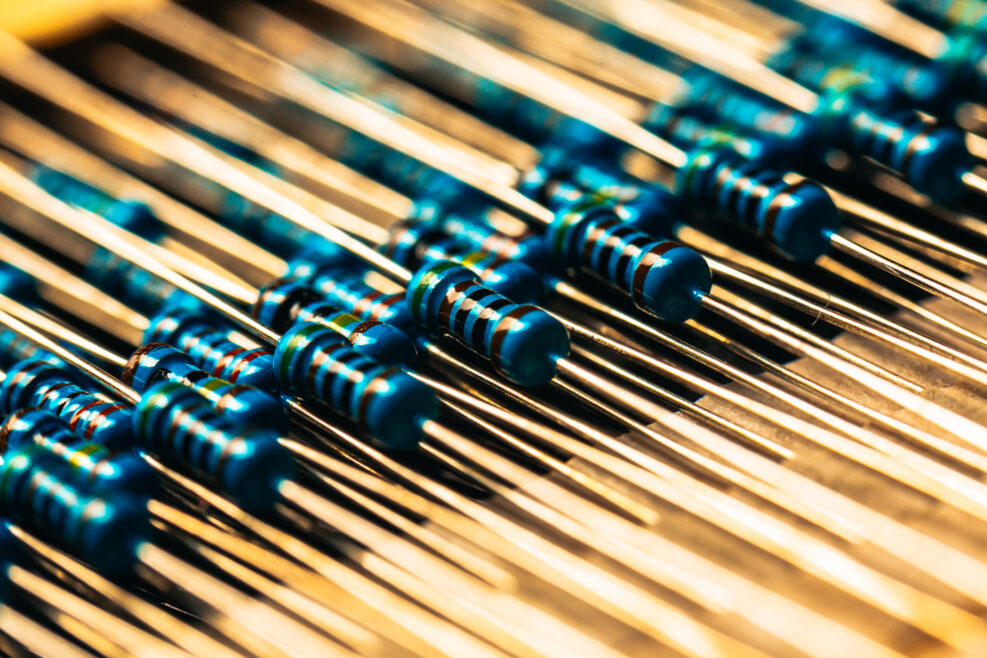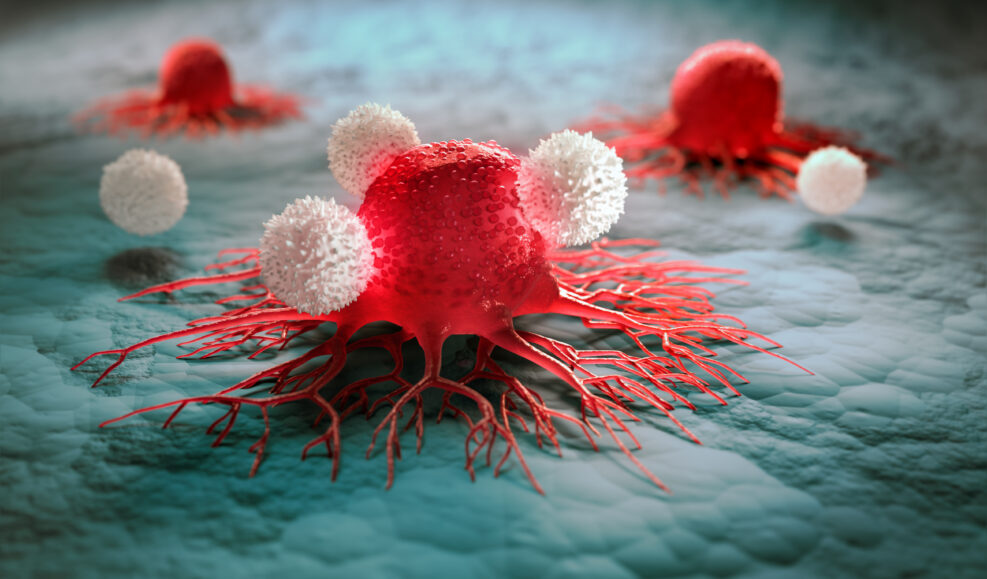
Are Crypto and Blockchain Key to a Tech Renaissance?
A former director of the US Mint thinks that the market will gravitate toward these solutionsA panel discussion at COSM explored the future of crypto currencies like Bitcoin and blockchain technologies in general. What might they mean for global money, global security, and internet architecture? The panel, moderated by Wired contributing editor Spencer Reiss, comprised futurist George Gilder, Steve Forbes, Chairman and Editor-in-Chief of Forbes Media, Ed Moy, former Director of the U.S. Mint, and William Dembski, mathematician, entrepreneur, and philosopher: Can Crypto and Blockchain Reverse the Tech Decline (and Enable an Internet Renaissance)? Here are some snatches from the dialogue (aired September 11, 2020): George Gilder (on what’s wrong with the internet): It’s a broken paradigm. How do you tell a broken paradigm? The more money you spend on it, the worse it gets. Read More ›


















